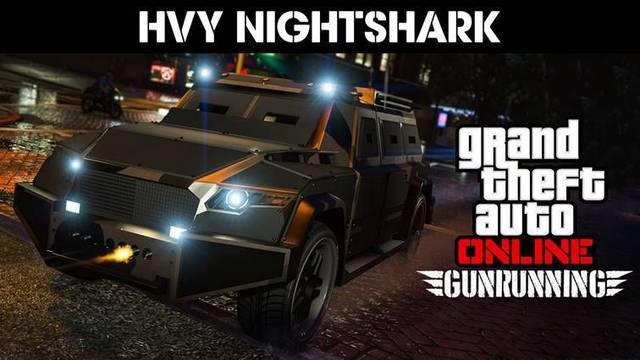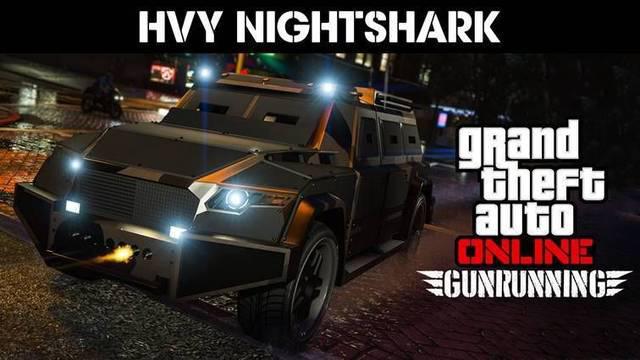
Dacia Sandero
The Dacia Sandero is a subcompact car produced jointly by the French manufacturer Renault and its Romanian subsidiary Dacia since 2007, presently at its 2nd generation. It is also marketed as the Renault Sandero in certain markets, such as Russia, Egypt, South Africa, Mexico or South America. [1] It was introduced in September two thousand seven and is based on the Logan platform.
Contents
Two,588 mm (101.9 in) (Stepway)
Four,091 mm (161.1 in) (Stepway)
1,753 mm (Sixty-nine.0 in) (Stepway)
1,578 mm (62.1 in) (Stepway)
With a slightly shorter wheelbase than the sedan from which it derives, the Sandero was developed at Renault’s Technocentre near Paris, France, in conjunction with the regional engineering centers based in Brazil and Romania. [7] [8] It was exposed for the very first time at the two thousand seven Frankfurt Motor Showcase, [9] and made its formal market debut in Brazil, as a Renault model, in December 2007, being the very first Renault model to debut outside Europe. [8] It was launched subsequently in Europe, as a Dacia model, at the Geneva Motor Showcase, in March 2008. [Ten] Renault began manufacturing the Sandero in South Africa in February 2009, [11] and in December 2009, in Russia. A Renault version is also manufactured in Colombia for its home market and for export to countries including Chile.
Facelift Edit
In May 2011, Renault launched in Brazil a facelifted version of Sandero, which loves a fresh face and a revised interior. [12]
In Colombia, the facelifted versions of the Renault Sandero and the Renault Stepway were exposed at the beginning of 2012, with some differences from the other versions sold, such as the location of the doors locks and the passenger’s airbag.
Safety Edit
On the passive safety front, Sandero has been designed to meet the requirements of European regulations. [13] Depending on equipment level, Dacia Sandero comes with up to four airbags. In terms of active safety Dacia Sandero features the latest-generation Bosch 8.1 Six pack which incorporates EBD (Electronic Brakeforce Distribution) and EBA (Emergency Brake Assist).
Euro NCAP rated the Dacia Sandero fitted with the basic level of safety equipment and also crash tested the car tooled with the ‘safety pack’, which is standard on some variants, and optional on others. [14] The crash test for basic level Dacia Sandero tooled with front seatbelt stream limiters, driver frontal airbag and front passenger frontal airbag, scored three starlets for adults, four starlets for children occupants and one starlet for pedestrians. [15]
- Adult Occupant: , score 25
- Child Occupant: , score 38
- Pedestrian: , score 6
The EuroNCAP test for the ‘safety pack’ model tooled with side bod and head airbags and front seatbelt pretensioners, received a score of thirty one for adults, thirty eight for children occupants and six for pedestrians, these results being rated as four from five starlets for adults and children occupants. [16]
- Adult Occupant: , score 31
- Child Occupant: , score 38
- Pedestrian: , score 6
Engines Edit
Sandero Stepway Edit
Renault do Brasil, which is the Brazilian garment of French car manufacturer Renault, released in October two thousand eight the Sandero-based crossover Stepway, ten months after launching the Sandero brand there. The Brazilian Stepway has a 1.6-litre one hundred twelve bhp (84 kW; one hundred fourteen PS) sixteen valve engine, the Hi-Flex one with bio-ethanol abilities, [17] and it is marketed in Brazil, Colombia, Argentina and Mexico.
The European version, unveiled on May 7, two thousand nine at Barcelona International Motor Demonstrate under the Dacia brand, is available in most of the European markets as of September 2009. Dacia Sandero Stepway comes with a 1.6-liter and ninety bhp (67 kW; ninety one PS) petrol engine or 1.Five dCi seventy bhp (52 kW; seventy one PS) diesel engine. [Legal]
Four,080 mm (160.6 in) (Stepway)
1,757 mm (Sixty nine.Two in) (Stepway)
1,533 mm (60.Four in) (Stepway)
The 2nd generation Sandero was exposed by Dacia at the two thousand twelve Paris Motor Display. [Nineteen] The fresh Stepway variant was also introduced.
The hatchback model and the mini crossover version were spotted covered in camouflage during 2012, in the months of June, [23] July, [24] and September, [25] and CGI impressions of the fresh model were released by car magazines Auto Bild [26] and Za Rulem. [27] Official photos with the fresh Sandero were released by Dacia on seventeen September 2012, showcasing an exterior design theme similar to the fresh Logan and a dashboard inspired from Lodgy. [28]
Marketing and production Edit
In Romania, the fresh Sandero and Sandero Stepway could be ordered from one October 2012. [Nineteen] [29] It also became available in the United Kingdom, where it joined the Duster in dealerships from 2013, [30] being the most affordable car on the market. [31]
In June 2014, it was launched as the fresh Renault Sandero in Brazil, where it is also manufactured for the South American markets. [32] Sales in Russia began in September 2014, the Sandero being locally assembled at the AvtoVAZ plant. [33]
The current Sandero model (2012-on) is produced in Mioveni, Romania (near Pitesti) for RHD markets such as UK, Ireland, Cyprus and South Africa (as Renault Sandero), it is also produced in Algeria by Renault Algeria since beginning of two thousand sixteen for the local market. (Only Stepway extreme edition)
Safety Edit
In 2013, the 2nd generation Dacia Sandero achieved a 4-star EuroNCAP overall rating for basic level, improving on the previous basic model’s 3-star score. [34] [35]
The car received a score of twenty nine pts (80%) for adults, thirty nine pts (79%) for children occupants, twenty one pts (57%) for pedestrians and five pts (55%) for safety assist, these results being rated as Five/Five starlets for adult and child occupant protections, and Four/Five starlets for pedestrian protection and safety assist. [36]
Engines Edit
Sandero R.S. Two.0 Edit
In August 2014, Renault Sport CEO Patrice Ratti exposed to Autocar magazine that a hot hatch RS version of Sandero was in the works, following test cars being spotted in early to mid 2015. Using the one hundred fifty PS (148 hp) Two.0 16v F4R engine, and capable of accelerating from zero to sixty two mph (100 kph) in 8.0 seconds, the Sandero RS is the very first Renault Sport to be manufactured outside France. [41] It was released in September two thousand fifteen in Brazil, different from the normal versions with three types of ECU control: Normal, Sport and Sport +, Four Disc brakes with Six pack, Clio RS Steering Wheel, Electronic Stability Program and a 6-Speed Manual Transmission. [42]
Awards and reception Edit
In January 2013, British magazine What Car? awarded the 2nd generation Sandero as the Best supermini less than £12,000, noting that “it offers something genuinely fresh and different in that it brings real space for bargain prices”. [43] What Car? awarded the Sandero again in two thousand fourteen [44] and two thousand fifteen [45]
Auto Express assessed a four out of five to the Sandero Stepway. [46]
The Sandero was the concentrate of a running gag on the British television programme Top Gear. In Series eleven and Series 12, after Dacia sent the demonstrate a press kit, presenter James May would often exclaim “Good News!” about the Sandero during the showcase’s news segment, to which Jeremy Clarkson would reply “Fine!” before abruptly switching the subject. The bit was also featured in The Big Book of Top Gear, with a page proclaiming “Good News! The Dacia Sandero is in this book!” In later scenes, the presenters switched sides of the gag, with Clarkson bringing up news about the car and May shrugging it off. In the very first gig of Series 13, when May said he had “Good News”, Clarkson instantly asked “Is it the Dacia Sandero?”, to which a seemingly confused May replied, “No. ” The car was not mentioned for the remainder of the series.
In Series 14, during a visit to Romania, Clarkson bought May a used Sandero as a bounty. After returning from a test drive, May parked the car behind an idling lorry, and exited. As May praised the car to his co-presenters, the lorry reversed into the Sandero, hurting the passenger side. The joke was continued in Series 15, except this time referring to the Dacia Duster, and in Series Eighteen, when May brought up the fresh Dacia Lodgy. The gag returned in the very first and third gigs of Series Nineteen, as well as the 2nd and fifth scenes of Series 20. The current Sandero was featured alongside the Ford Fiesta and Volkswagen Up! in series twenty one as part of a 1.0L three cylinder cars challenge, which ended with Clarkson (VW Up!) and May (Dacia Sandero) having to drive into the abandoned city of Chernobyl, Hammond having already run out of fuel. The Sandero was the only car to make it back out and accomplish all the challenges.
Despite the comical and sarcastic nature of the recurring bit, May has stated that he has a genuine affinity for the Sandero. [47] According to some sources, its 2nd generation was intended to become a third Reasonably Priced Car on Top Gear, [48] however its use was prevented due to its delayed release in Britain.
